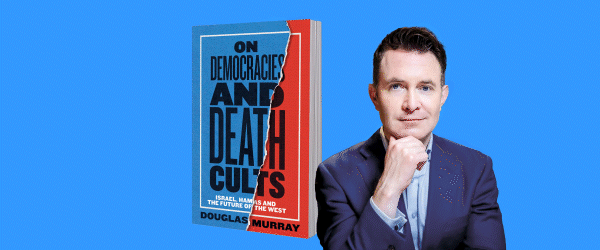Dilly-dallying romance
Translated to Borsetshire, John Constable’s courtship of Maria Bicknell would provide more material than any script editor could handle without straining audience impatience beyond endurance. Nine years it took, from initial yearnings and tacit engagement to get them to the altar at St Martin-in-the-Fields and even then, in October 1816, it was the quietest of weddings. Over those years Constable’s ardour was divided. ‘Deplorable as our case is, I would not be without it for the world’, he wrote to his beloved early on when she was at her most inaccessible. That left him plenty of time in which to obsess over his art. Martin Gayford has an eye for










